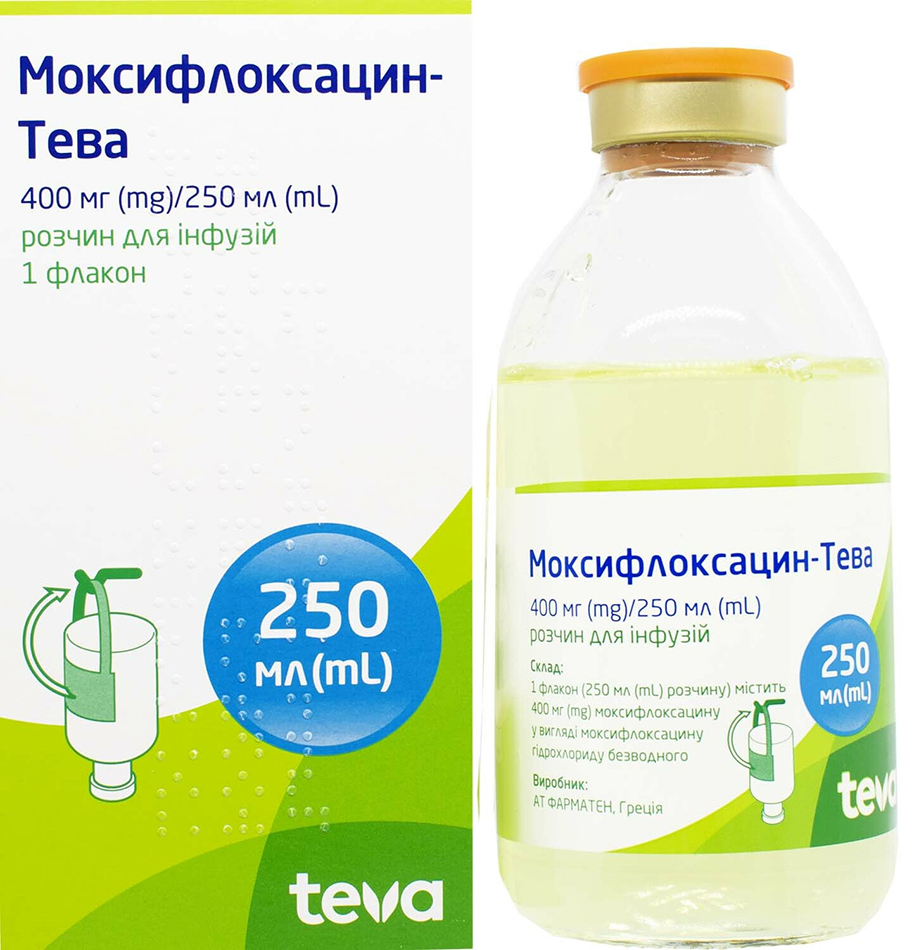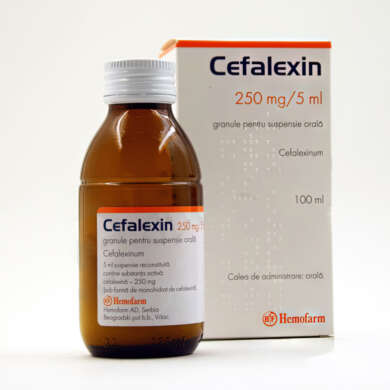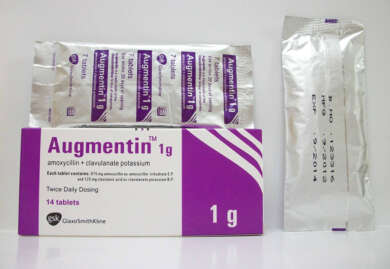Description
Buy Moxifloxacin – Teva 400 mg 250 ml solution for infusion
Description of Moxifloxacin – Teva 400 mg 250 ml:
This medical product from the manufacturer Teva the main active ingredient of which is moxifloxacin, is sensitive to a variety of gram-positive and gram-negative microorganisms that enter the human body.
This is an infusion solution. It has a dosage of 250 ml. Externally, such a solution is transparent greenish-yellow, without foreign impurities.
Ingredients:
Active substance: moxifloxacin;
1 bottle (250 ml of solution) contains moxifloxacin 400 mg in the form of moxifloxacin hydrochloride anhydrous;
Excipients: propylene glycol, water for injections.
Pharmacologial Properties of Moxifloxacin – Teva 400 mg 250 ml:
After entering the body, Moxifloxacin inhibits pathogens and atypical anaerobes. It provokes a violation of the process of reproduction of microbes and the synthesis of their DNA. This, in turn, leads to the rapid death of dangerous microorganisms and the restoration of the general condition of the patient.
Microbiological sensitivity:
Usually sensitive types of microorganisms:
1. Aerobic gram-positive microorganisms: Staphylococcus aureus*, Streptococcus agalactiae (group B), Streptococcus milleri group* (S. anginosus, S. constellatus та S. intermedius), Streptococcus pneumoniae*, Streptococcus pyogenes* (group A), Streptococcus viridans group (S. viridans, S. mutans, S. mitis, S. sanguinis, S. salivarius, S. thermophilus).
2. Aerobic gram-negative microorganisms: Acinetobacter baumanii, Haemophilus influenzae*, Legionella pneumophila, Moraxella (Branhamella) catarrhalis*.
3. Anaerobic microorganisms: Prevotella spp.
4. Other microorganisms: Chlamydophila (Chlamydia) pneumoniae*, Coxiella burnetii, Mycoplasma pneumoniae*.
*Effectiveness sufficiently demonstrated in clinical studies.
Indications for use Moxifloxacin – Teva 400 mg 250 ml:
1. Community-acquired pneumonia, including community-acquired pneumonia, the causative agents of which are strains of microorganisms with multiple antibiotic resistance *;
2. Complicated infections of the skin and soft tissues (including an infected diabetic foot);
3. Complicated intra-abdominal infections, including polymicrobial infections (including intraperitoneal abscesses).
4. *Multiple antibiotic-resistant Streptococcus pneumoniae includes penicillin-resistant strains and strains resistant to two or more antibiotics from groups such as penicillins (minimum inhibitory activity ≥2 mg/mL), second-generation cephalosporins (cefuroxime), macrolides, tetracyclines and trimethoprim / sulfamethoxazole.
Contraindications for use Moxifloxacin – Teva 400 mg 250 ml:
- Hypersensitivity to moxifloxacin, other antibiotics of the quinolone group or any of the excipients of the drug
- Children’s age (up to 18 years)
- The period of pregnancy or breastfeeding (see the section “Use during pregnancy or breastfeeding”).
- A history of tendon disease/pathology associated with the use of quinolones.
.In preclinical and clinical studies, after the use of moxifloxacin, changes in the electrophysiology of the heart, manifested by prolongation of the QT interval, were detected. Therefore, moxifloxacin is contraindicated in patients with the following conditions:
- congenital or acquired prolongation of the QT interval;
- electrolyte imbalance, especially uncorrected hypokalemia;
- clinically significant bradycardia;
- clinically significant heart failure with a decrease in the ejection fraction of the left ventricle;
symptomatic arrhythmia in the anamnesis.
Moxifloxacin cannot be used simultaneously with drugs that prolong the QT interval (see also the section “Interaction with other drugs and other types of interactions”).
Due to insufficient clinical experience, the drug is contraindicated in patients with impaired liver function (class C according to the Child-Pugh scale) and an increase in transaminase levels five times or higher.
Overdose:
There are limited data on overdose of moxifloxacin. No side effects were noted when using Avelox at a dose of up to 1200 mg once and 600 mg for 10 days or more.
Treatment: in case of overdose, according to the clinical situation, symptomatic and supportive therapy with ECG monitoring is carried out.
The use of activated charcoal immediately after oral administration of the drug may help prevent excessive systemic exposure to moxifloxacin in cases of overdose.
Side effects:
Adverse reactions observed in clinical trials and in the post-marketing period with the use of moxifloxacin at a dose of 400 mg per day (intravenous therapy only, stepwise [intravenous / oral] and oral).
- Infections: often – fungal superinfections.
- On the part of the hematopoietic system: infrequently – anemia, leukopenia, neutropenia, thrombocytopenia, thrombocythemia, prolongation of prothrombin time / increase in INR; rarely – a change in the concentration of thromboplastin; very rarely – an increase in the concentration of prothrombin / a decrease in INR.
- From the side of the immune system: infrequently – allergic reactions, urticaria, itching, rash, eosinophilia; rarely – anaphylactic / anaphylactoid reactions, angioedema, including laryngeal edema (potentially life-threatening); very rarely – anaphylactic / anaphylactoid shock (including potentially life-threatening).
- From the side of metabolism: infrequently – hyperlipidemia; rarely – hyperglycemia, hyperuricemia; very rarely – hypoglycemia.
- Mental disorders: infrequently – anxiety, psychomotor hyperreactivity, agitation; rarely – emotional lability, depression (in very rare cases, behavior with a tendency to self-harm is possible, such as suicidal thoughts or suicidal attempts), hallucinations; very rarely – depersonalization, psychotic reactions (potentially manifested in behavior with a tendency to self-harm, such as suicidal thoughts or suicidal attempts).
- From the nervous system: often – dizziness, headache; infrequently – paresthesia, dysesthesia, taste disturbances (including in very rare cases ageusia), confusion, disorientation, sleep disturbances, tremor, vertigo, drowsiness; rarely – hypoesthesia, impaired sense of smell (including anosmia), atypical dreams, impaired coordination (including gait disturbance due to dizziness or vertigo, in very rare cases leading to injuries due to falls, especially in elderly patients), convulsions with various clinical manifestations (including .h “grand mal” seizures), attention disorders, speech disorders, amnesia, peripheral neuropathy, polyneuropathy; very rarely – hyperesthesia.
- On the part of the organ of vision: infrequently – visual impairment (especially with reactions from the central nervous system); very rarely – transient loss of vision (especially with reactions from the central nervous system).
- On the part of the organ of hearing: rarely – tinnitus, hearing impairment, including deafness (usually reversible).
- From the side of the cardiovascular system: often – prolongation of the QT interval in patients with concomitant hypokalemia; infrequently – prolongation of the QT interval, palpitations, tachycardia, vasodilation; rarely – increased blood pressure, decreased blood pressure, fainting, ventricular tachyarrhythmias; very rarely – nonspecific arrhythmias, polymorphic ventricular tachycardia (pirouette type), cardiac arrest (mainly in individuals with conditions predisposing to arrhythmias, such as clinically significant bradycardia, acute myocardial ischemia).
- From the respiratory system: infrequently – shortness of breath, including an asthmatic condition.
- From the digestive system: often – nausea, vomiting, abdominal pain, diarrhea; infrequently – reduced appetite and reduced food intake, constipation, dyspepsia, flatulence, gastroenteritis (except erosive gastroenteritis), increased amylase activity; rarely – dysphagia, stomatitis, pseudomembranous colitis (in very rare cases, associated with life-threatening complications).
- From the side of the liver and biliary tract: often – increased activity of hepatic transaminases; infrequently – abnormal liver function (including increased LDH activity), increased bilirubin concentration, increased activity of GGT and alkaline phosphatase; rarely – jaundice, hepatitis (mainly cholestatic); very rarely – fulminant hepatitis, potentially leading to life-threatening liver failure (including fatal cases).
- On the part of the skin: very rarely – bullous skin reactions, for example, Stevens-Johnson syndrome or toxic epidermal necrolysis (potentially life-threatening).
- From the musculoskeletal system: infrequently – arthralgia, myalgia; rarely – tendinitis, increased muscle tone and cramps, muscle weakness; very rarely – arthritis, tendon ruptures, gait disturbance due to damage to the musculoskeletal system, increased symptoms of myasthenia gravis.
- From the urinary system: infrequently – dehydration (caused by diarrhea or decreased fluid intake); rarely – impaired renal function, renal failure as a result of dehydration, which can lead to kidney damage, especially in elderly patients with pre-existing impaired renal function).
- On the part of the body as a whole: often – reactions at the injection / infusion site; infrequently – general malaise, nonspecific pain, sweating.
The frequency of development of the following adverse reactions was higher in the group receiving stepwise therapy: often – an increase in GGT activity; infrequently – ventricular tachyarrhythmias, arterial hypotension, edema, pseudomembranous colitis (in very rare cases associated with life-threatening complications), convulsions with various clinical manifestations (including “grand mal” seizures), hallucinations, impaired renal function, renal failure (as a result of dehydration, which can lead to kidney damage, especially in elderly patients with pre-existing impaired renal function).
Precautions of Moxifloxacin – Teva 400 mg 250 ml:
One bottle of the medicine is intended for single use only. Unused solution must be disposed of.
The following solutions have been found to be compatible with moxifloxacin, solution for infusion 400 mg: water for injections; 0.9% sodium chloride solution; 1-molar sodium chloride solution; glucose solution 5%, 10%, 40%; xylitol solution 20%; Ringer’s solution; complex solutions of sodium lactate (Hartmann’s solution, Ringer’s lactate solution).
Moxifloxacin infusion solution should not be administered simultaneously with other medicinal products.
The drug should not be used in the presence of visible solid impurities or in the case of cloudiness of the solution.
When stored in a cool place, precipitation may occur, which dissolves at room temperature. Therefore, it is not recommended to store the infusion solution below 15 °C.
Incompatibility
Moxifloxacin infusion solution cannot be administered simultaneously with incompatible solutions, which include: 10% sodium chloride solution; 20% sodium chloride solution; sodium bicarbonate solution 4.2%; 8.4% sodium bicarbonate solution.
Storage:
The medicinal product does not require special storage conditions. Keep out of the reach of children.
Shelf life:
5 year.





Reviews
There are no reviews yet.